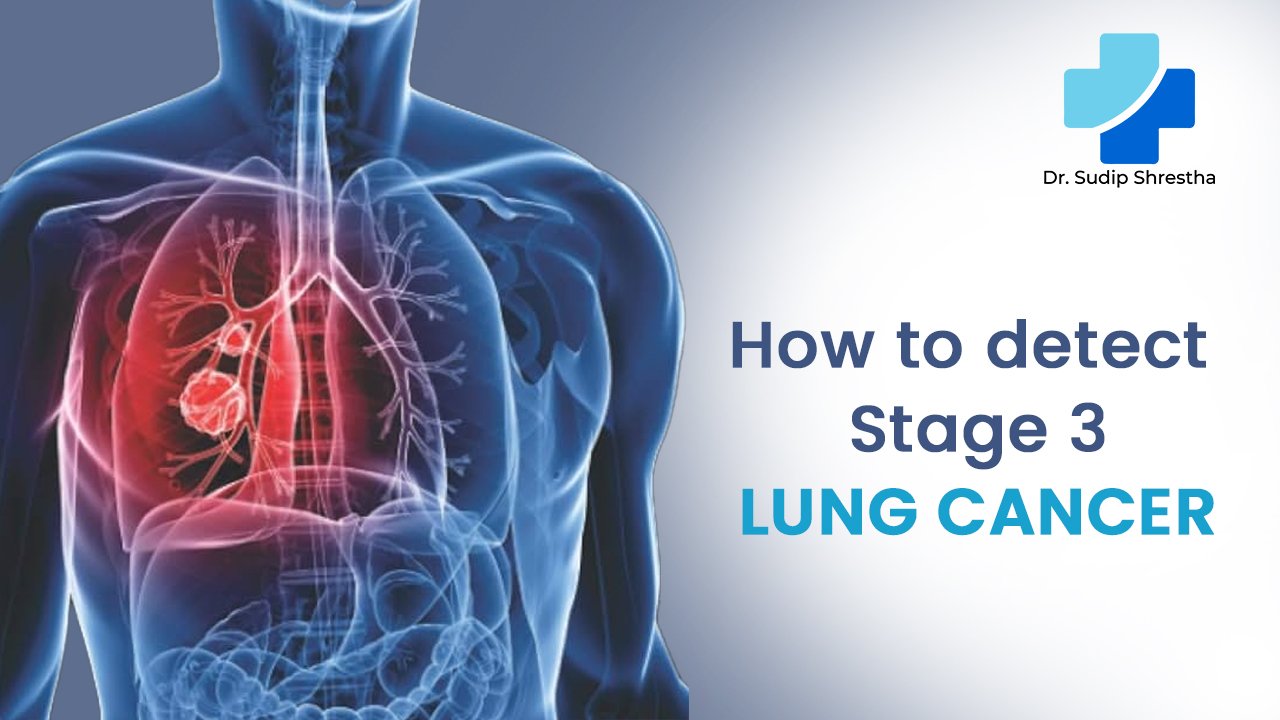Introduction:
Detecting lung cancer in its early stages significantly improves the chances of successful treatment. Stage 3 lung cancer is a critical juncture where the disease has advanced but is not yet considered metastatic. Timely detection is crucial for implementing effective interventions. In this guide, we will explore the symptoms, diagnostic methods, and risk factors associated with stage 3 lung cancer.
Recognizing Signs and Symptoms of Stage 3 lung cancer:
Stage 3 lung cancer symptoms can vary, and individuals may experience a combination of the following:
a. Persistent Cough: A chronic cough that lingers for weeks, often accompanied by coughing up blood.
b. Shortness of Breath: Difficulty breathing, even with minimal physical exertion.
c. Chest Pain: Persistent chest pain that may worsen with deep breathing, coughing, or laughing.
d. Unexplained Weight Loss: A sudden and unexplained loss of weight.
e. Fatigue: A persistent feeling of tiredness and weakness. f. Hoarseness: Changes in the voice, such as hoarseness, that do not resolve over time.
Risk Factors:
Understanding the risk factors associated with lung cancer can help identify individuals who may be at a higher risk of developing the disease:
a. Smoking: Tobacco smoke is the leading cause of lung cancer, and smokers are at a significantly higher risk.
b. Secondhand Smoke: Exposure to secondhand smoke can also increase the risk of lung cancer.
c. Radon Exposure: Prolonged exposure to high levels of radon, a naturally occurring gas, can contribute to lung cancer.
d. Occupational Exposures: Certain occupations, such as asbestos exposure, can elevate the risk.
e. Family History: Individuals with a family history of lung cancer may have an increased susceptibility.
Diagnostic Methods:
To detect stage 3 lung cancer, healthcare professionals may employ various diagnostic methods:
a. Imaging Tests: Chest X-rays, CT scans, and PET scans can help identify the size and location of tumors.
b. Biopsy: A tissue sample is taken from the lung for examination under a microscope to confirm the presence of cancer cells.
c. Bronchoscopy: A thin, lighted tube is inserted into the lungs to examine the airways and collect samples.
d. Sputum Cytology: Examining coughed-up mucus for cancer cells.
Seeking Medical Attention:
If you experience persistent symptoms or have known risk factors, it is crucial to consult a healthcare professional promptly. Early detection increases the chances of successful treatment and improved outcomes.
Conclusion:
Detecting stage 3 lung cancer involves a combination of recognizing symptoms, understanding risk factors, and undergoing diagnostic tests. Regular health check-ups and open communication with healthcare providers play a vital role in the early identification of lung cancer, facilitating timely intervention and improved chances of successful treatment. If you suspect any symptoms or fall into high-risk categories, seek medical attention promptly to ensure early detection and appropriate management.



